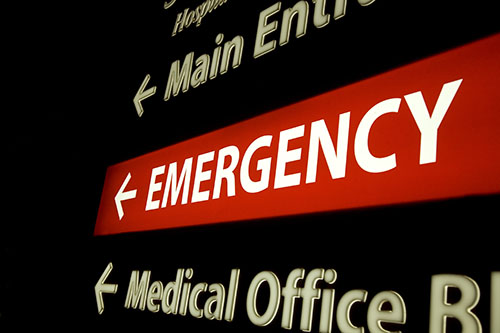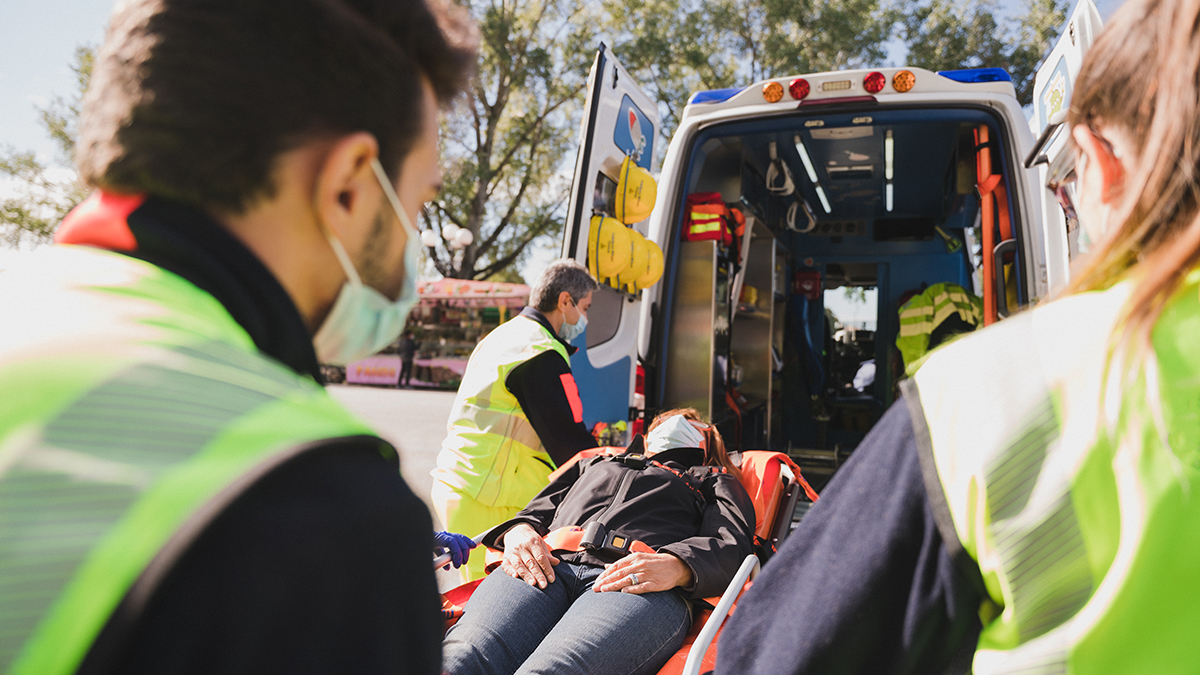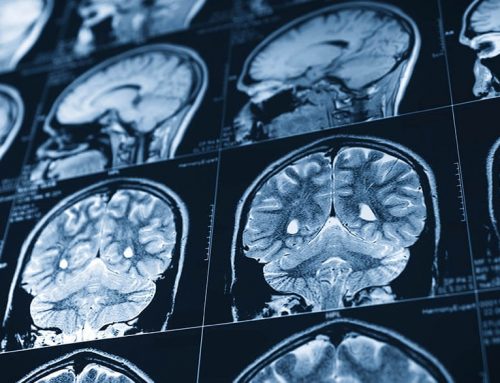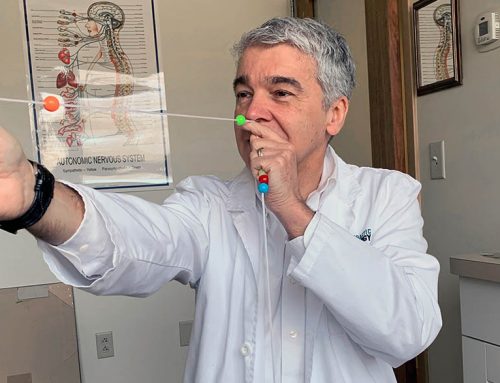Learn how preventing stroke can also prevent some kinds of epilepsy.
What is a Stroke?

A stroke happens when a clot blocks the blood supply to the brain or when a blood vessel in the brain bursts.1 Every year, about 795,000 people in the United States have a stroke.1 It is a leading cause of long-term disability and a leading cause of death.1
Signs that someone is having a stroke are:
- Sudden numbness or weakness in the face, arm, or leg, especially on one side of the body.
- Sudden confusion, trouble speaking, or problems understanding speech.
- Sudden trouble seeing in one or both eyes.
- Sudden trouble walking, dizziness, loss of balance, or lack of coordination.
- Sudden severe headache with no known cause.2
Call 911 right away if you or someone else has any of these symptoms. Learn more about acting F.A.S.T.external icon to make sure someone having a stroke gets help quickly.
Strokes Can Cause Seizures and Epilepsy3
Lower your chance of having a stroke by:
- Controlling high blood pressure, diabetes, and high cholesterol.
- Having a healthy weight.
- Being physically active.
- Eating a healthy diet.
- Limiting alcohol.
- Avoiding smoking.6
Epilepsy is a broad term used for a brain disorder that causes repeated seizures. There are many types of epilepsy, and there are also many different kinds of seizures.
A single seizure may happen soon after a stroke.3 You may not have epilepsy if you have just one seizure, and you won’t necessarily develop it. Certain types of strokes, such as ones that cause bleeding, and more severe strokes, may be more likely to cause epilepsy.3
One study found that among people who had strokes, 5% had one seizure and 7% developed epilepsy in the 30 months afterward.3
Epilepsy caused by strokes can usually be controlled with anti-seizure medicines.3 It’s important to take medicine as prescribed to keep seizures under control.
Older Adults Are More at Risk

Overall, adults with a history of epilepsy are much more likely to report that they’ve had a stroke compared to people who have never had epilepsy.4 This is especially true in people aged 45 or older, those with lower incomes, and those who have a history of high blood pressure.4 A CDC study found that about 23% of adults aged 65 or older with a history of epilepsy reported having had a stroke, compared to only about 5% of older adults without a history of epilepsy.
New epilepsy is also more likely to develop in older adults than younger adults.5 When examining causes for new-onset epilepsy in older adults, stroke accounts for up to half of these new cases of epilepsy.5 This makes stroke one of the most common reasons people develop epilepsy as they age.5
Seizures may be hard to recognize in older adults and may be overlooked. For instance, trouble with memory, confusion, falls, dizziness, or numbness may be viewed as “normal” aging problems. However, these can actually be symptoms of seizures and are not normal.5 Older adults who have had a stroke, and their caregivers, should watch for these symptoms.
To learn more about recognizing seizures in older adults, take the Epilepsy Foundation’s Seizure Recognition and First Aid Certificationexternal icon course, free online.
Do you know what to do if someone has a seizure? Review seizure first aid steps. Seizure first aid is easy to learn and to give.
Prevent epilepsy by preventing stroke!






Leave a Reply